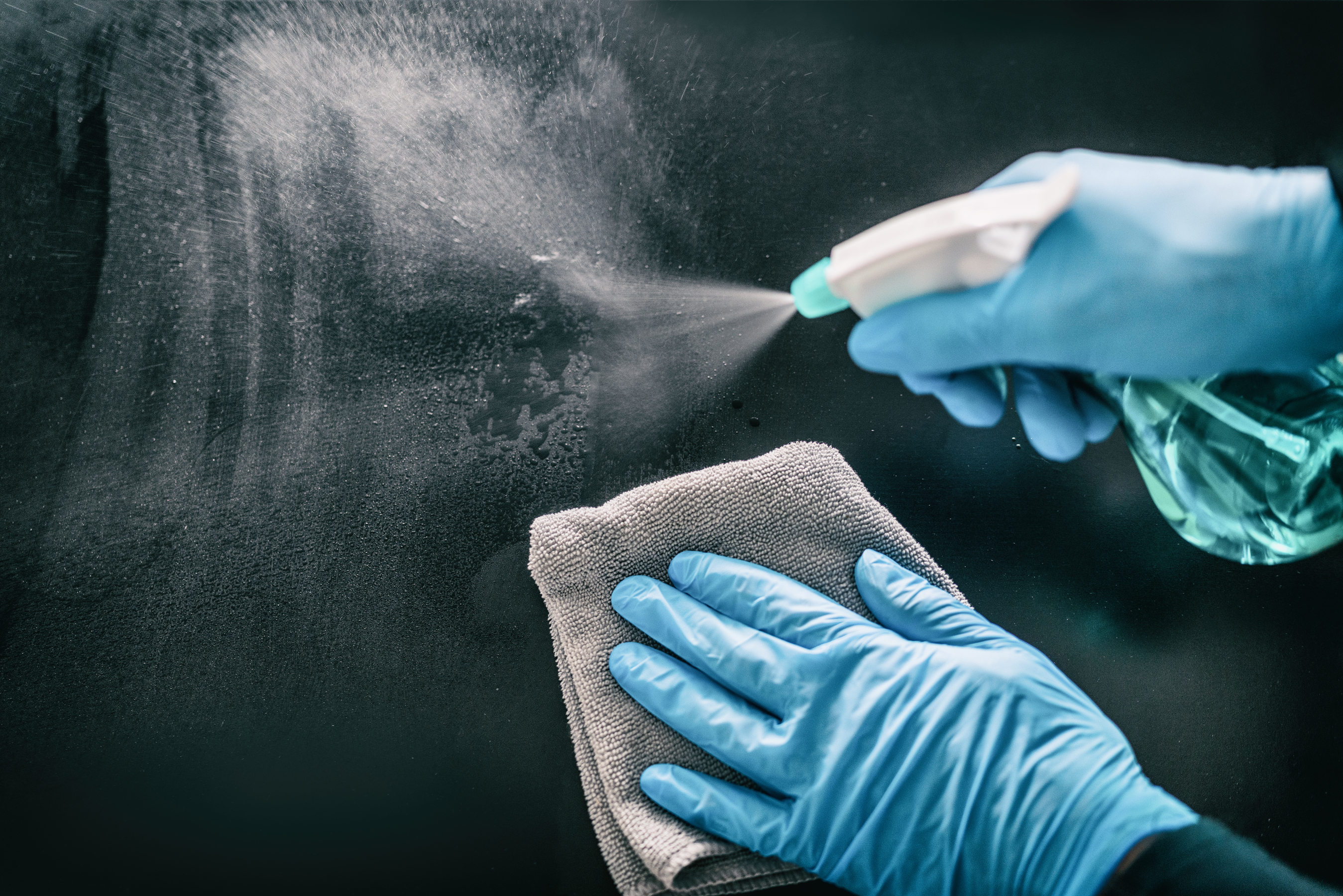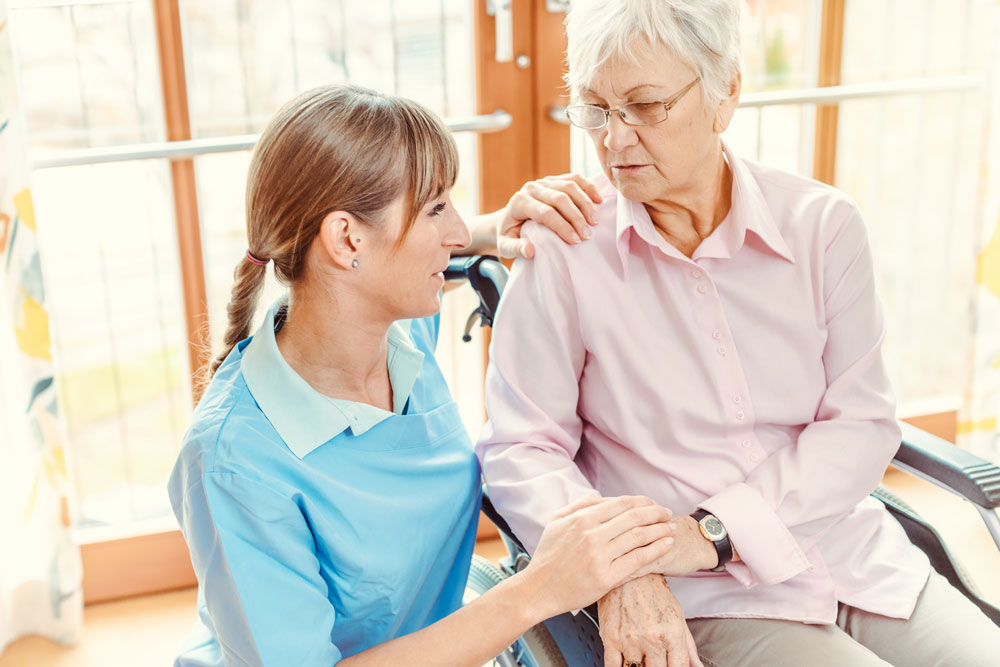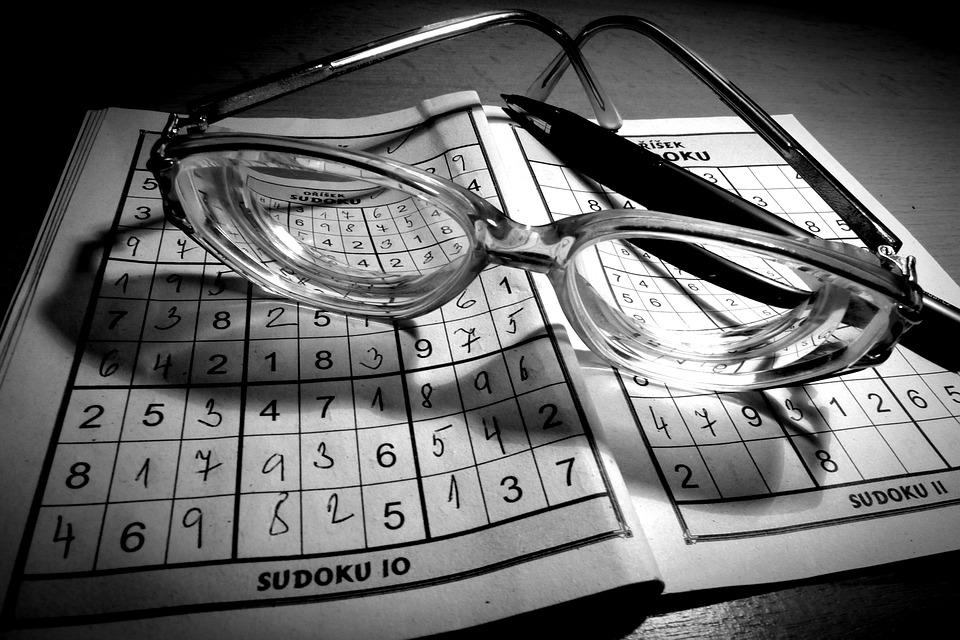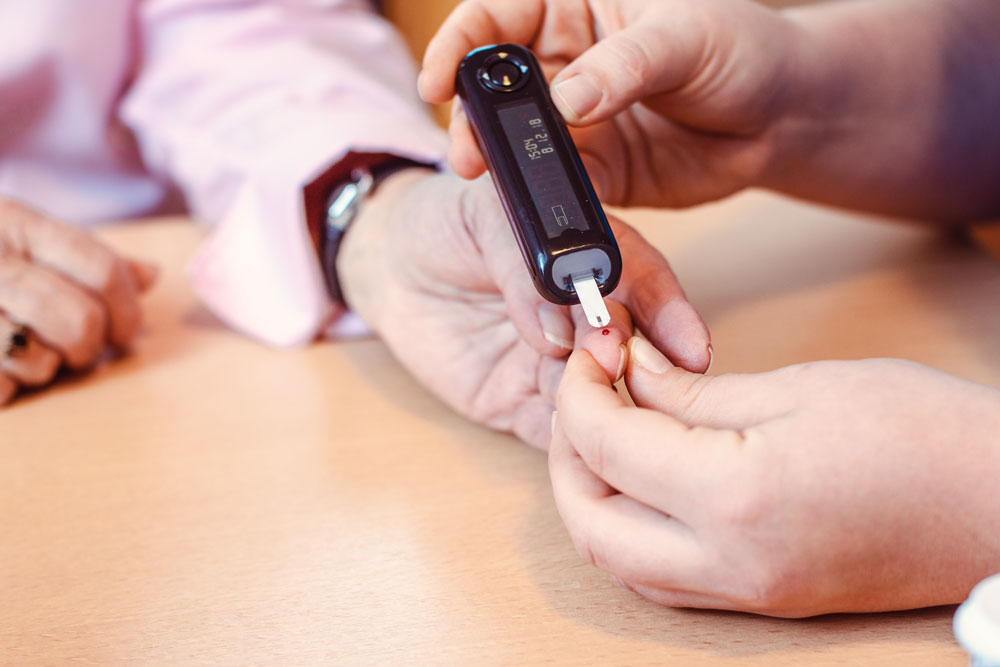"SBAR at the nursing home - how to improve care quality and patient safety"
This article is translated with AI and written based on Swedish conditions. Hopefully it can inspire those interested in other countries.
SBAR offers nursing homes a structured method to improve communication, patient safety, and quality of care. By systematically working with situation-background-assessment-recommendation, staff can more quickly identify and handle care needs in a professional manner.
SBAR - a structured tool for safe and quality elderly care
In brief, SBAR
SBAR (Situation-Background-Assessment-Recommendation) is a communication model that:
- Standardizes information transfer
- Reduces communication risks
- Improves patient safety
- Facilitates interdisciplinary collaboration
Practical application in nursing homes
Situation - Simple and clear problem description
- "Resident X shows sudden lack of appetite"
- "Wound on the right foot shows signs of infection"
- "New resident Y refuses to take medicine"
Background - relevant to include in the context
- Previous similar events
- Current medication
- Contents of the latest care plan
- Known diagnoses and disabilities
Current Assessment - what is your assessment of the situation
- Possible causal relationships
- Degree of emergency
- Impact on the resident's well-being
- Risk of deterioration
Recommendation - suggestions for actions
- "Want to give pain tablet"
- "Believe this should be assessed by a nurse"
- "Would need a pressure-relieving mattress"
Organizational implementation
If you decide to introduce SBAR as a working method, you need to work in several steps. All nursing assistants need to be trained in the method. Someone in the management needs to be given the opportunity to conduct continuing education and the mandate to plan the education. Also consider how you best follow up that everyone has learned the method after the training.
A written routine/instruction with support material for working with SBAR may also be needed so that new staff are also introduced to the working method in a similar way. Licensed personnel need to have a supportive attitude where they help nursing assistants to develop their reporting skills continuously. It is important that all SBAR reporting is also documented by the person giving the report according to SBAR and the person receiving it.
One way to facilitate is to have a template with commonly occurring theme words for contact with licensed personnel. If the matter concerns breathing, stomach pain, redness/wounds, pain, sleep difficulties, etc.
Example of report according to SBAR
Changed pain picture
S: "Resident complains of increased back pain"
B: "Has osteoporosis, recently mild fall"
A: "Suspected compression fracture"
R: "Painkiller, assessment by doctor next round"
Behavior change
S: "Resident shows nocturnal restlessness and wandering"
B: "Dementia diagnosis, recently moved in"
A: "Could be due to disorientation or UTI"
R: "Suggest urine sample and environmental adaptation"
Food refusal
S: "Resident does not want to eat breakfast"
B: "Type 2 diabetes, recently medication adjustment"
A: "Possible hypoglycemia or depression"
R: "Check blood sugar, assess appetite"
Quality improvements
For residents
- Faster identification of care needs
- More comprehensive assessments
- Reduced risk of care injuries
For staff
- Clearer distribution of responsibilities
- Better working environment
- Greater security in decision-making
For the organization
- Improved documentation
- Reduced care injuries
- Higher quality indicators
Reflection questions - SBAR
Care staff:
- What type of situations would you like to use SBAR for?
- What obstacles do you see to implementing SBAR in your everyday life?
Manager, nurse, occupational therapist, and physiotherapist:
- How can you together promote the use of SBAR?
- What quality measurements could show the effect of SBAR?
Residents and relatives:
- How would you like to be informed about SBAR decisions?
- What role can you play in contributing background information?
Erland Olsson
Specialist nurse
Sofrosyne - Better care every day

Aktuellt i media
- 2025-11-27 04:00 13 Hygien
-
2025-11-24 04:00
03 Ledarskap
Leadership and Development - Future Elderly Homes, Development Work for Better Care
info Foto: Mostphotos
Foto: Mostphotos - 2025-11-20 04:00 15 Handlingsberedskap
- 2025-11-17 04:00 16 Sjukdom och död
- 2025-11-13 04:00 10 Aktivitet o funktionsbevarande arbetssätt
- 2025-11-10 04:00 16 Sjukdom och död






